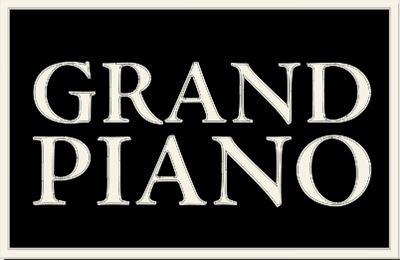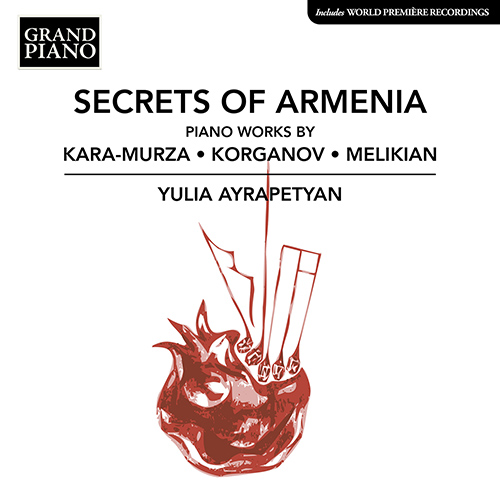
Romanos Melikian (1883 - 1935)
Romanos Ovakimovich (Roman Akimovich) Melikian (Arm. Ռոմանոս Մելիքյան; born 1 October 1883; Kizlyar, died 30 March 1935, Yerevan) was an Armenian composer, musical and public figure, choirmaster and music teacher. Although we know some biographical details, his life is shrouded in mystery, as he never gave a single interview. Born into the family of Akim (Hovakim) Melikian, he had showed an interest in music since childhood, but began his studies relatively late, graduating from the Rostov Music College in 1905. He then continued his musical education in Moscow until 1907 with Boleslav Yavorsky and Mikhail Ippolitov-Ivanov, who had taught in Tiflis and used Russian, Georgian and Armenian folklore in his compositions. At the end of the 19th century an influential Armenian community lived in the capital of the Don Republic, and its members would have been familiar with Ippolitov-Ivanov through his Armenian Rhapsody of 1895, recognising the folk tunes used within it. While still a student, Melikian tried to write music based on choral singing, but it was Ippolitov-Ivanov who determined the creative landmark of the young composer – the national romance. After leaving Moscow, probably on the advice of a teacher, Melikian went to Tiflis, where he could enrich his work through the abundance of diverse folklore. It was here, in 1908, that he participated in the organisation of the Armenian ‘Musical League’ society. From 1910 to 1914 Melikian studied at the St Petersburg Conservatory in the class of Vasily Kalafati and Maximilian Steinberg. In 1921 he founded a music studio in Yerevan, which became the national conservatory in 1923, serving as rector for only three years. The end of the Russian Civil War saw a truly fruitful period in the composer’s career, as he travelled around the cities of Armenia, popularising choral art and creating studios throughout the country. There was then a job at the House of Armenian Art, and he later became the first artistic director of the National Opera Theatre, now the A.A. Spendiarov Opera and Ballet Theatre.
Melikian is the creator of the Armenian romance. His mastery of the features of Armenian national melody and the originality of his harmonic language had a great influence on Armenian music. He also made a great contribution to the development of Soviet mass song. He created many versions and adaptations of Armenian folk songs which reflect his musical and aesthetic principles. He wrote pieces for piano, romances for voice and piano, including the cycles Autumn Lines (1907–13), Emeralds (1918, published in 1928) and Sequins (1922, published in 1949), collections of songs such as Songs of New Life, Red Army Songs and Pioneer Songs, and arrangements of folk songs, including Sketches. His legacy can be found in the melodies of which, with the precision of a jeweller, he manages to finely interpret the nuances within the texts of Armenian poets and writers. He is the namesake of the Romanos Melikian State Musical College in Yerevan, which is still operating today.


 Grand Piano has gained a reputation for producing high quality recordings of rare keyboard gems. Dedicated to the exploration of undiscovered piano repertoire, the label specialises in complete cycles of piano works by many lesser-known composers, whose output might otherwise have remained unknown and unrecorded.
Grand Piano has gained a reputation for producing high quality recordings of rare keyboard gems. Dedicated to the exploration of undiscovered piano repertoire, the label specialises in complete cycles of piano works by many lesser-known composers, whose output might otherwise have remained unknown and unrecorded.






